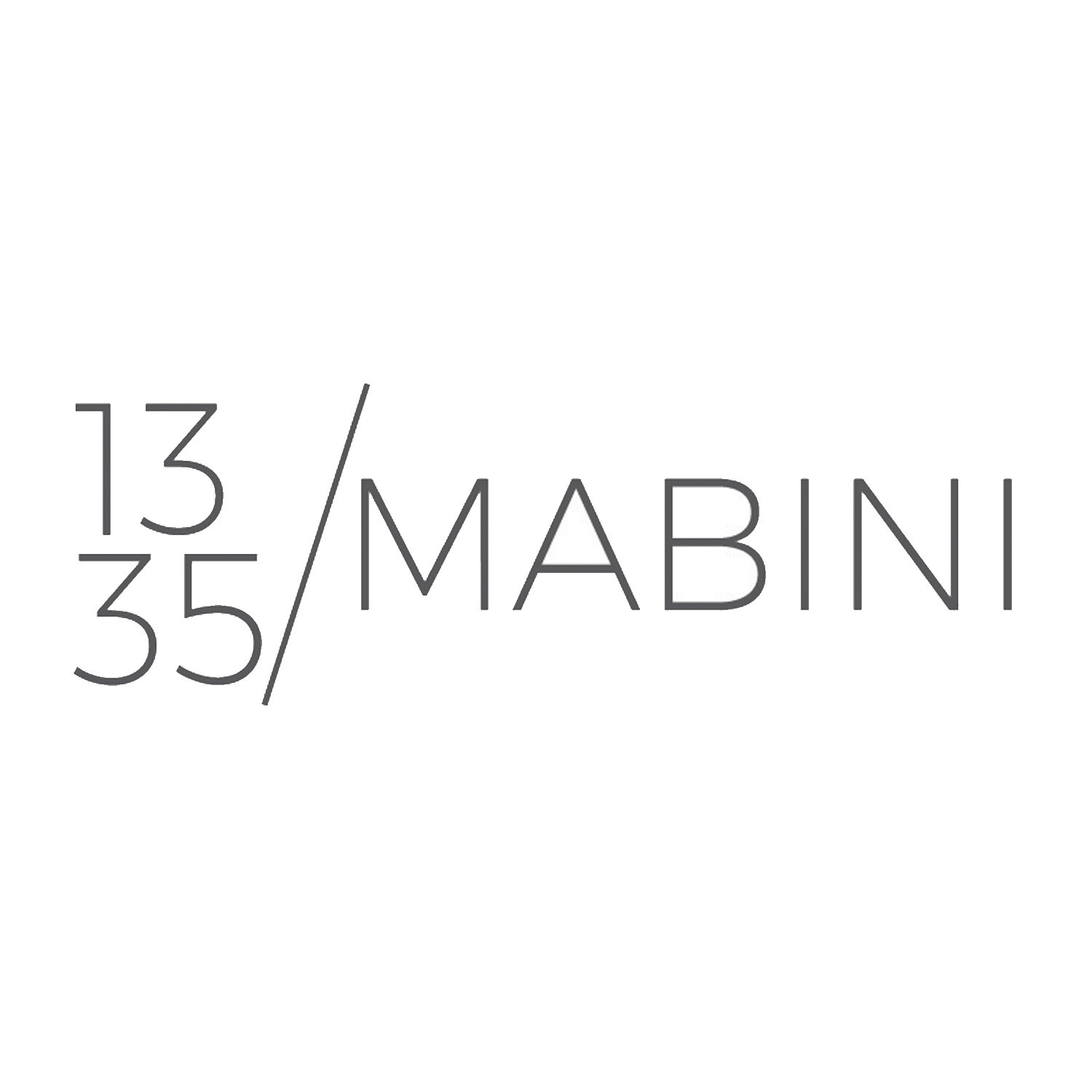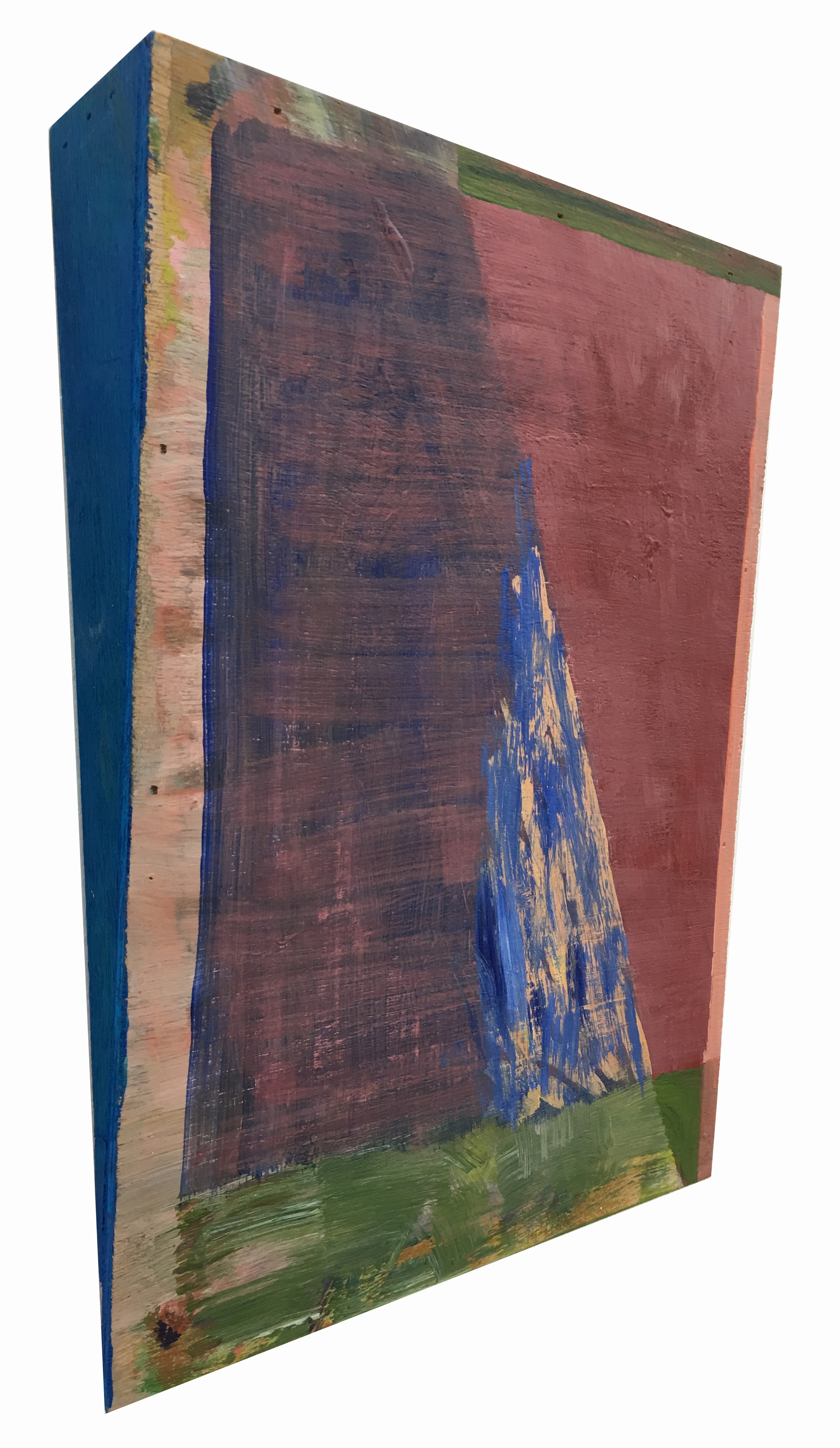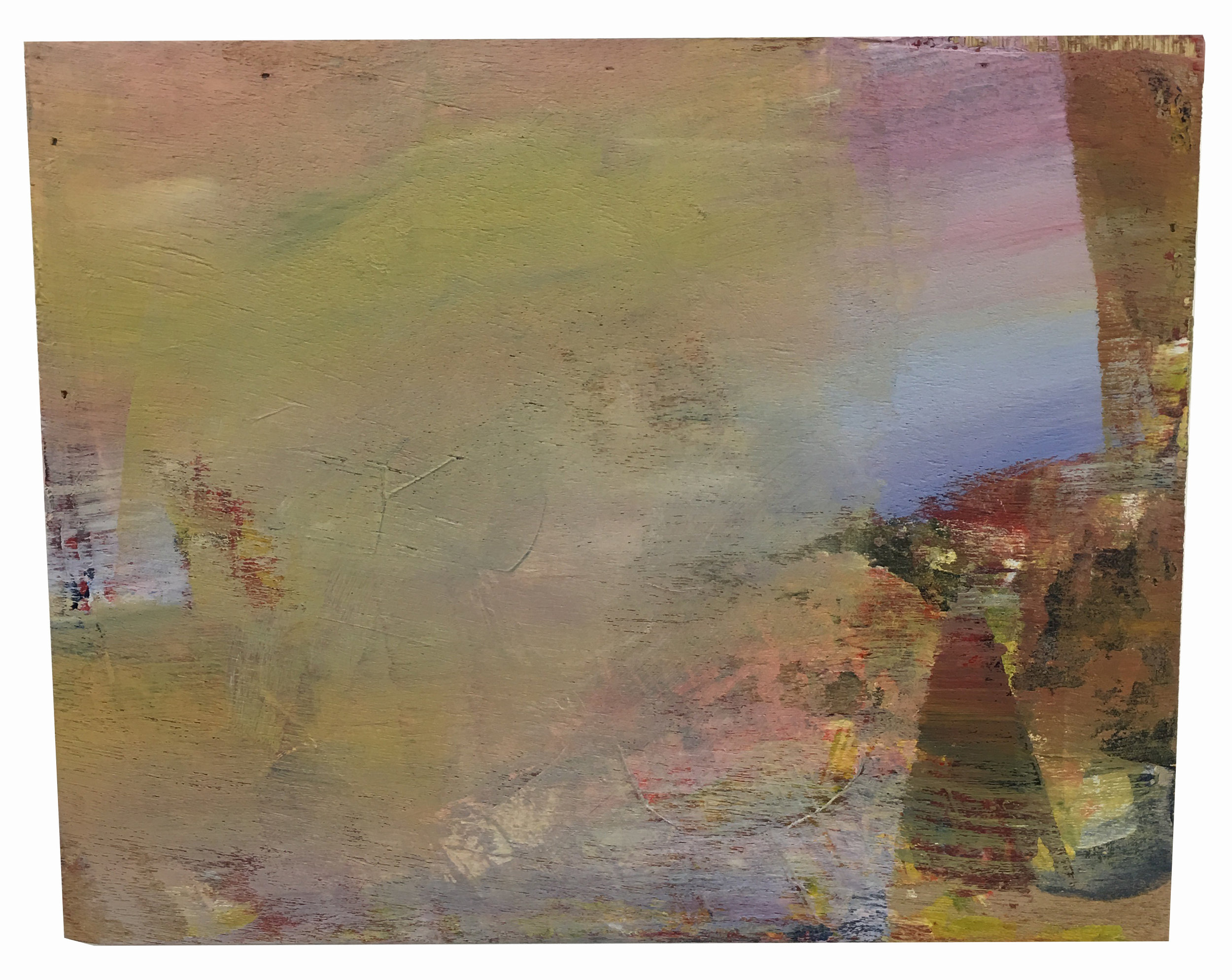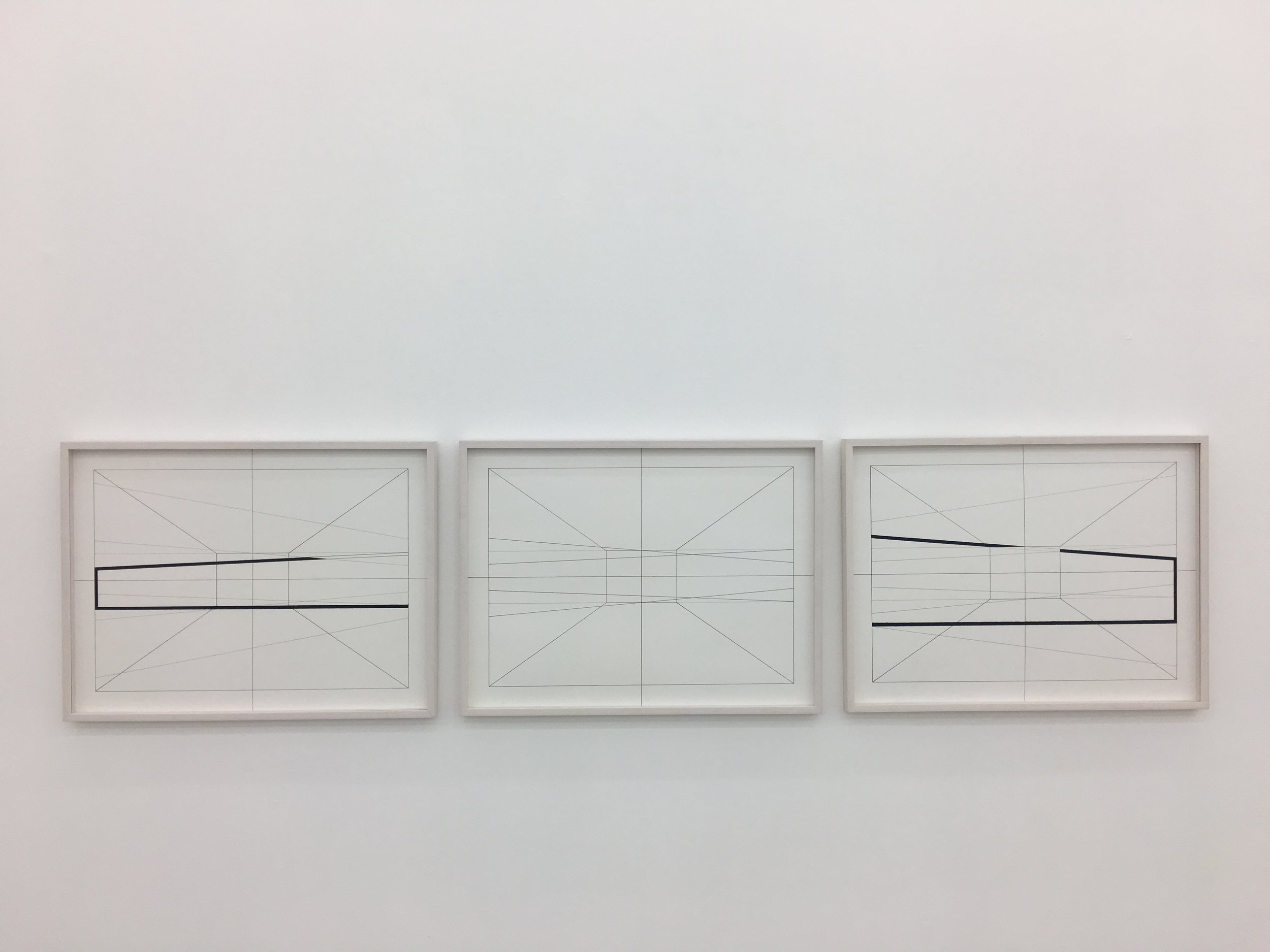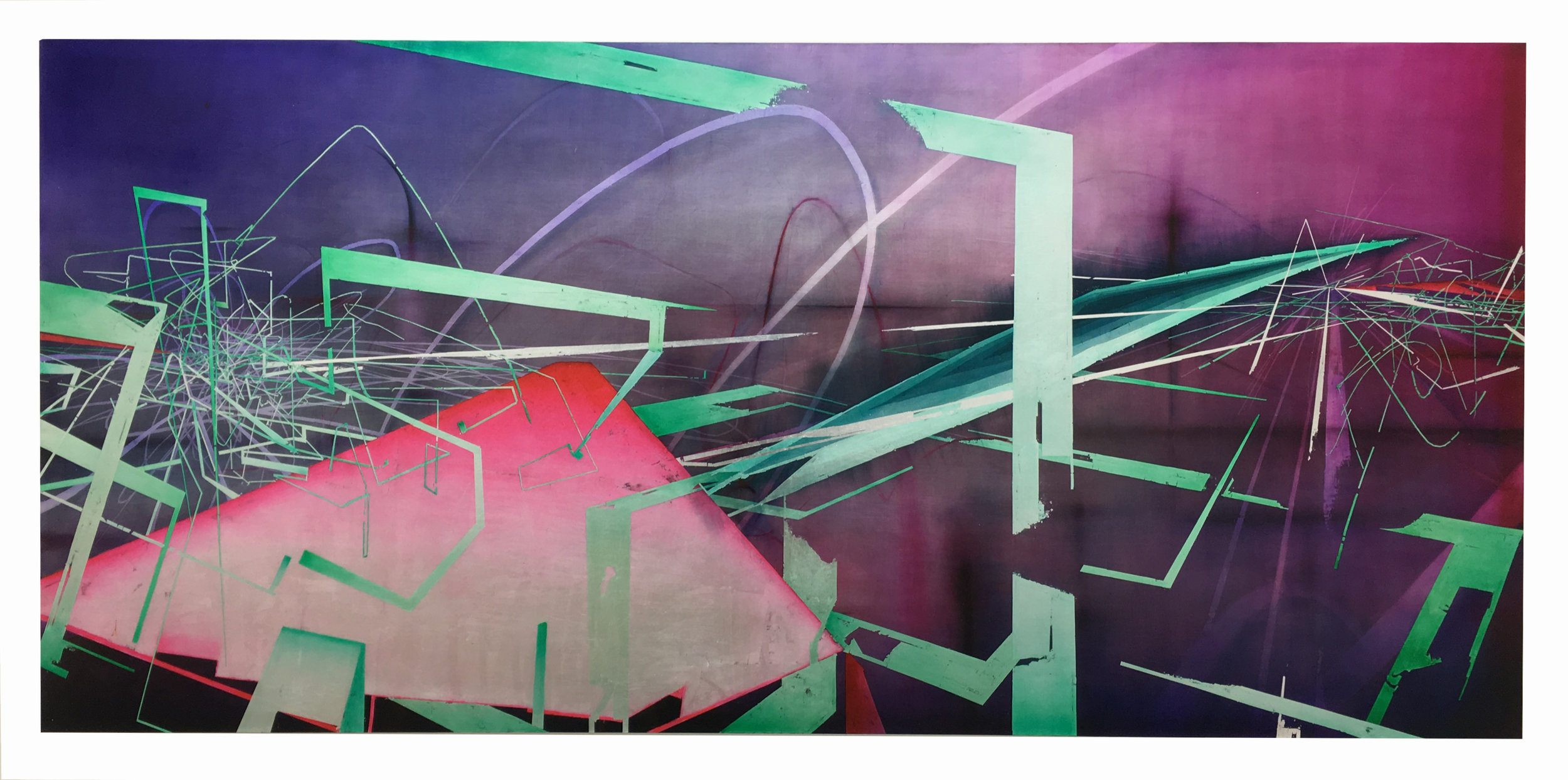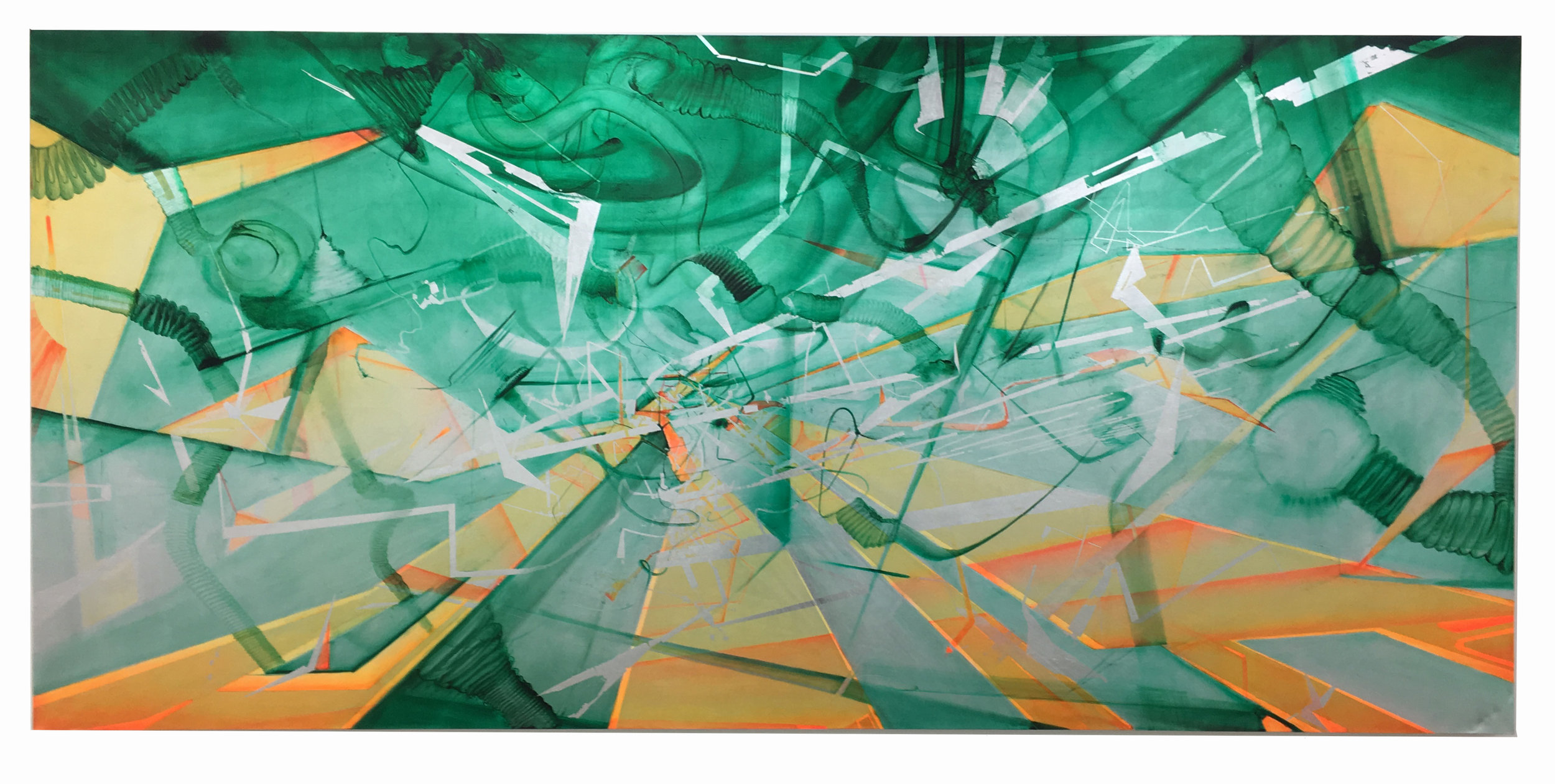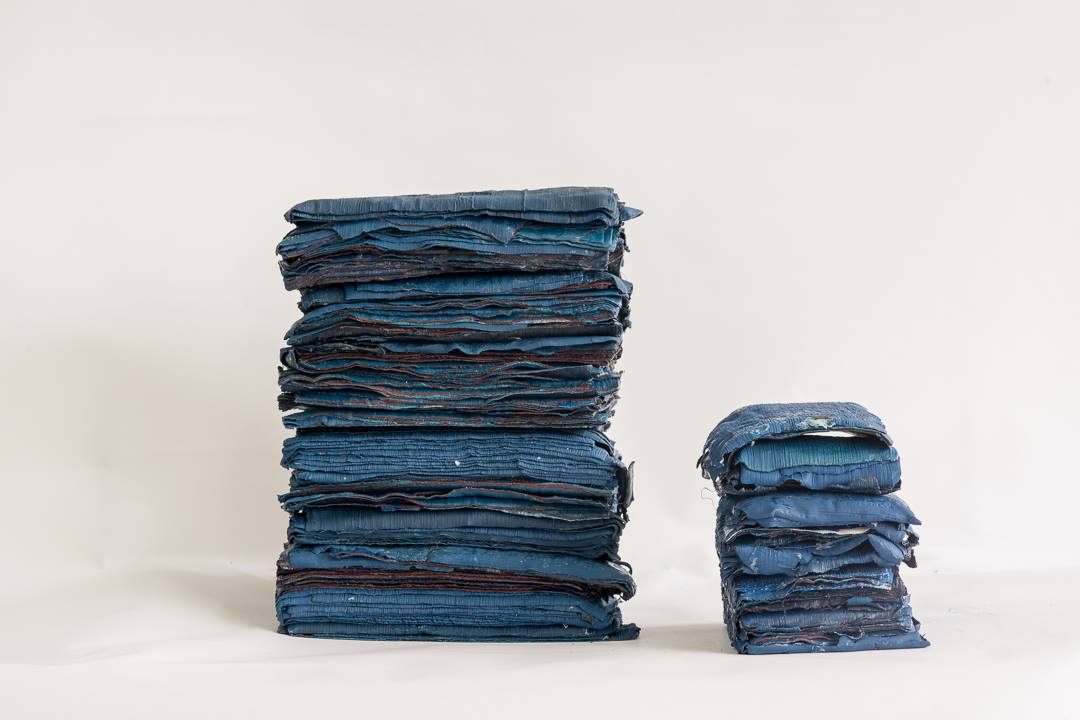FORMS PLEASE
Gus Albor
Anna-Maria Bogner
Miggy Inumerable
Kanchana Gupta
Klaus Wanker
Ian Woo
OPENING:
Saturday, August 11, 2018, 6 pm
EXHIBITION DATA:
11 August to 8 September 2018
This group exhibition explores the realm of materiality by showcasing works by artists from Asia and Europe. Working across different disciplines, the works of these artists will inevitably be placed in a dialog within the gallery’s exhibition space, rendering the forms of these works unstable and, in turn, leaving room for poetic mistranslations and diverse aesthetic experiences within the bodies of visitors. And at the same time, this exhibition shows the need for exploring materiality to shape and embody ideas and concepts into forms as temporary homes.
Augusto – Gus – Albor has been practicing since the mid-seventies and he has widely shown at home and abroad, including the 2015 Venice Biennale representing the Philippines. He has received numerous national and international awards and distinctions. His work is part of public and private collections. Later this year, the Ayala Museum in Manila will show a retrospective of his oeuvre.
At a first glance, Albor’s work seems to fit in the modernist discourse of minimalism and abstraction. However, a single glance doesn’t suffice. His stakes point at a different plane: to pry a fissure between non-representationalism and representationalism by creating an interplay between the surfaces of the artwork on display and the body of the exhibition visitor. And as a result, materiality, for Albor, is a way to welcome transcendental experiences of immateriality.
Anna-Maria Bogner was born in Tirol, Austria, in 1984, and she lives and works in Vienna and Düsseldorf. She received numerous grants and awards, and she has conducted residencies in the Netherlands, USA and Bulgaria. Bogner participated in numerous solo and group exhibitions around the world, her most recent solo show, in Vienna, was titled Spatial Relations.
Bogner’s practice deals with the possibilities and limitations of spatial perception. Through her work she asks a range of questions: What spaces do I move in? What constitutes them? What spaces open and which close to me through the way I situate myself in space? What decisions underlie my perception of space?
Miggy Inumerable was born in Manila, Philippines, in 1987. He graduated with a bachelor's degree in Computer Science. He took part in Metafora’s International Workshop for Studio Arts in Barcelona, Spain, in 2013, and different artist in residency programs, among others Takt Kunstprojektraum, Berlin in 2013, and Shangyuan Art Museum, Beijing in 2014. He is also a member of the artist collective 98B Collaboratory.
He explores the concept of drawing through traditional and expanded drawing using sculpture, installation and new media. He also explores the use of science and technology, particularly computer programming in his artistic practice. His work aims to translate time-based experiences through series of rules and regulations through which complexity and dynamism emerges. In the four-channel video Attempts at Symmetry, shapes are randomly created within a certain range; the values are both random and pre-defined. After a given time, the range changes again. Thus constricting the shapes to a certain section of the screen again. The program was ran and edited four different times to produce four different videos attempting to make a symmetrical movement between the shapes. Since randomness is involved, symmetry is never truly achieved.
Kanchana Gupta lives and works in Singapore. She works with paint, installation and mixed media, and she has shown in solo exhibitions and group exhibitions. She completed an MA in Fine Arts from Lasalle College of the Arts, Singapore, where she was the recipient of the ‘Dr. Winston Oh Travel Research’ award. Her works are in institutional collections in Singapore and in private collections in Singapore, Indonesia, Malaysia, Hong Kong, Australia, USA and India.
Kanchana’s works are often not only poetic and sensuously painterly but also sculptural and object-based in nature. Her works shift between different forms as she manipulates the materiality of oil paint and transforms it into something that is active and disruptive on the painting surface. Her current research and practice involves the act of tearing and peeling and examining the resulting pieces, the residues and traces left behind. These pieces can be seen as fragments, remnants, remains, scraps, marks, imprints, edges, margins and fringes. She examines a piece through its broken connections, explores the shifting relationships between pieces, the whole and the multiple opportunities to construct new wholes using the fragments as constituents. Such enquiries are reflected upon through a process of construction, deconstruction and re-construction of painting surfaces using tearing and peeling methods.
Klaus Wanker was born in Graz, Austria, 1969, and he lives and works in Vienna and Graz. He studied art in Vienna and Düsseldorf. He has shown his work in Austria, Germany, UK, USA and Hungary. He was part of the group show academies, spices, diversities, which was curated by Harald Szeemann in 1998. His most recent solo exhibition Monsters and Freaks was at Zimmermann Kratochwill Gallery in Graz. He was awarded the Goldener and the Fügerpreis Strabag Art Award.
Klaus Wanker approaches painting with technical knowledge and analytical gaze. Layer by layer, the artist deposits different materials on top of the other: oil, pigment, resin and aluminum. The viewer has to dig properly to explore the depth of the image. Fugues appear and disappear, a darker layer can be seen; one moves around the picture and tries to recognize a clear color and definite shape, but the picture speaks differently from all sides. It reflects the space, the viewer, the environment. The materiality and structure of his paintings interest him just as much as their technical structure and the effect on the viewer.
Ian Woo is an artist and musician influenced by forms of modernism, perceptual abstraction and the sound structures of music improvisation. His paintings and drawings are characterized by a sense of gravitational and representational change. Woo’s work is in the collection of major institutions such as ABN AMRO, Singapore Art Museum, The Istana Singapore, National Gallery Singapore, Suzhou Center, UBS and the Mint Museum of Craft & Design, USA. His paintings are featured in the publication Art Cities of the Future: 21st Century Avant-Gardes, a publication by Phaidon (2013). As a musician, Woo has composed and played free improvisation music with Path Integral, ID and Angie Seah’s A Thousand Horses. He has performed at Singapore’s C.H.O.P.P.A Experimental Music Festival.
The action and gesture of painting suggest the activity of time as much as the compositional structure of a painting. It is an activity related to phenomena, where constructs of solids, transparencies, temperature and gravitational change take place as image. Changes can be discontinuities, hesitant forms waiting for connection like an abstract structure interrupted by oncoming shadows. Before Woo understood paintings relation to the history of modernism, Woo was influenced by the analogies of musical structures. He was interested in the rhythm and decay of sound as having similar attitudes to the formation of colors, lines and shapes. He isn’t interested in the image as symbolism, but rather the problems inherent in the construction of pictures. Woo is interested in strategizing image making, finding ways to confound gravitational systems rather than have a consistent concept of image making. Owing to painting’s ability to transform virtual planes into space and time, the pictorial game alludes to how his body recalls and juxtaposes invented and suggested perspectives. The living body is paradoxical and in constant flux, so is our memory of environment and people. While painting, his body remembers, forgets and feels it’s way through the space of painting’s virtual plane. It is an act of rendering a continuous ‘moiré’ of mental diagrams, giving fuel to an evolving ‘mind plant’ inherent in each painting. This ‘mind plant’ is an analogy to a network of ‘thoughts’ and ‘momentary traces’. It is however important that after completing the painting, only the body of the painting exists in its time.
Curated by Roy Voragen
Click here to download the full catalog.
